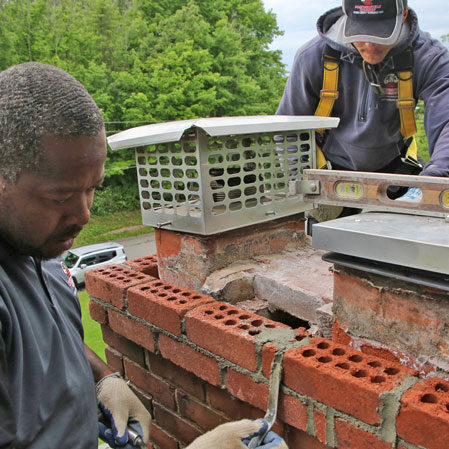How To Know If My Chimney Is Obstructed?
The cozy warmth from a crackling fire is a comfort that is hard to resist. However, the functionality of your chimney is a crucial aspect of enjoying this warmth safely. Understanding the signs of a chimney obstruction, as well as the risks associated with it, is a must for every homeowner. In this guide, we’ll explain how to identify if your chimney is obstructed and what actions to take.
Understanding Chimney Obstructions
A chimney obstruction refers to anything that impedes the free flow of smoke and gases from your fireplace to the outside environment. Common causes can range from bird nests, branches, leaves, and even an accumulation of soot or creosote. These obstructions pose dangers such as smoke damage, carbon monoxide poisoning, and even the risk of chimney fires.
Signs and Symptoms of a Chimney Obstruction
Recognizing the signs and symptoms of a chimney obstruction is crucial in ensuring the safety and efficiency of your fireplace. As you become familiar with the normal operation of your fireplace, you’ll be better able to detect anything out of the ordinary. This section will help you understand what to watch out for, from smoke backdrafts to unpleasant odors.
- Smoke Backdraft: When your chimney is functioning properly, smoke should exit your home seamlessly. If smoke is blowing back into the room, this is a clear sign that something is blocking the chimney.
- Poor Fire Performance: If the fire in your fireplace is struggling, seems smoky, or extinguishes quicker than usual, you may be dealing with a chimney obstruction.
- Unusual Noises: Noises such as flapping, chirping, or scratching could indicate that animals or birds have made a home in your chimney.
- Unpleasant Odors: A strong, unpleasant odor, particularly of something burning, can be a telltale sign of an obstruction in your chimney.
- Buildup of Soot or Creosote: Soot and creosote are by-products of burning wood and can accumulate over time, potentially leading to an obstruction. Look for thick, black, or tar-like deposits in and around your fireplace.
Conducting a Basic Self-check for Chimney Obstruction
While professional inspections are invaluable, homeowners can perform a basic self-check to spot early signs of a chimney obstruction. This proactive step will help you maintain a safe environment and potentially detect issues before they escalate into serious problems. In this section, we’ll guide you through a simple visual inspection and a smoke test.
Visual Inspection
Begin with a basic visual check of your chimney. This includes looking for excess soot or creosote and checking for visible blockages. Use a flashlight to look up into the chimney from your fireplace.
Smoke Test
For a smoke test, light a small amount of newspaper and let it burn in the fireplace. Watch to see if the smoke rises and exits the chimney freely. If it doesn’t, it’s likely that you have an obstruction.
Remember, never attempt to clear a chimney obstruction on your own as it may lead to injury or damage.
When to Call in a Professional
If you notice any of these signs or are uncertain about the status of your chimney, it’s time to call a professional. Certified chimney sweeps have specialized tools and training to assess and safely clear obstructions. You can find certified professionals through the Chimney Safety Institute of America or similar organizations in your country.
Preventing Chimney Obstructions
Ensuring the smooth operation of your chimney goes beyond just identifying obstructions; it involves taking proactive steps to prevent them from occurring in the first place. Regular maintenance and a few strategic measures can significantly reduce the chances of dealing with blockages, fire hazards, or even costly repairs down the line. Let’s explore some ways to prevent chimney obstructions effectively.
- Regular Maintenance and Cleaning: The importance of regular maintenance cannot be overstated. An annual professional chimney inspection and cleaning will help eliminate any soot, creosote, or debris that may have built up over time.
- Install a Chimney Cap: A chimney cap acts as a guard, preventing birds, animals, and debris from entering your chimney. It also stops rain and snow from getting into the chimney, which can lead to moisture damage or the creation of a damp environment that encourages the buildup of creosote.
- Use the Right Firewood: Always use seasoned hardwoods, like oak or maple, which burn hotter and cleaner. Avoid green or wet wood as they create more smoke and increase the accumulation of creosote in your chimney.
- Keep the Chimney Interior Dry: Ensure there are no leaks and that your chimney cap is effective in keeping rain and snow out.
- Regular Homeowner Inspections: In addition to annual professional inspections, conduct your own regular checks for signs of obstruction or buildup.
Conclusion
Remember, the signs of a chimney obstruction can include a smoke backdraft, poor fire performance, unusual noises, unpleasant odors, and a buildup of soot or creosote. If you spot any of these signs, act promptly. Regular inspections and maintenance are key to ensuring the safety and longevity of your chimney.
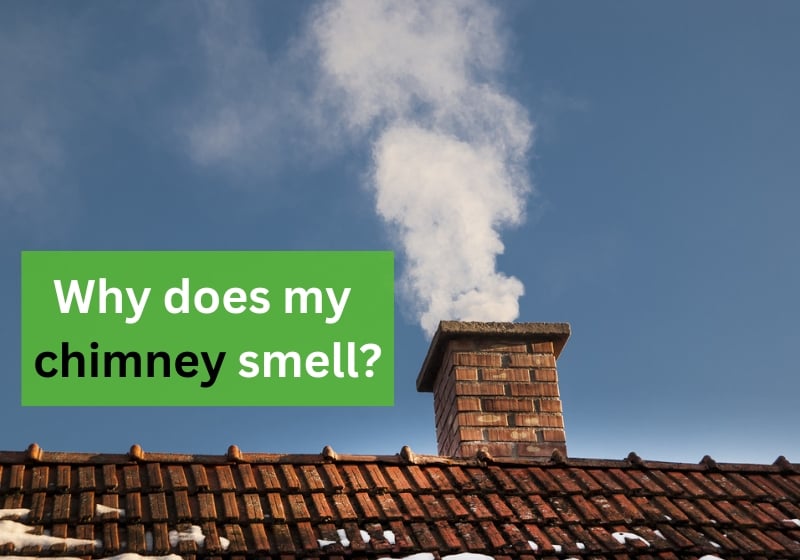

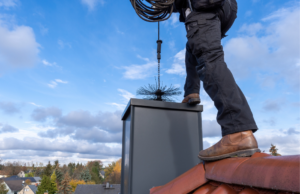 Expertise
Expertise Inspection & Maintenance
Inspection & Maintenance Contact Best Chimney Services for Your Professional Chimney Cleaning
Contact Best Chimney Services for Your Professional Chimney Cleaning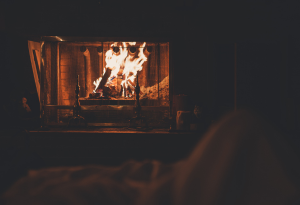 Things to Look Out For When Using Your Fireplace In the Summer
Things to Look Out For When Using Your Fireplace In the Summer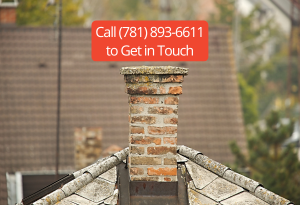 Energy Efficiency Considerations
Energy Efficiency Considerations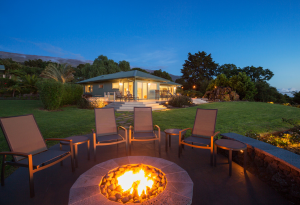 Learn More Chimney Tips and Get Chimney Services from Best Chimney Services
Learn More Chimney Tips and Get Chimney Services from Best Chimney Services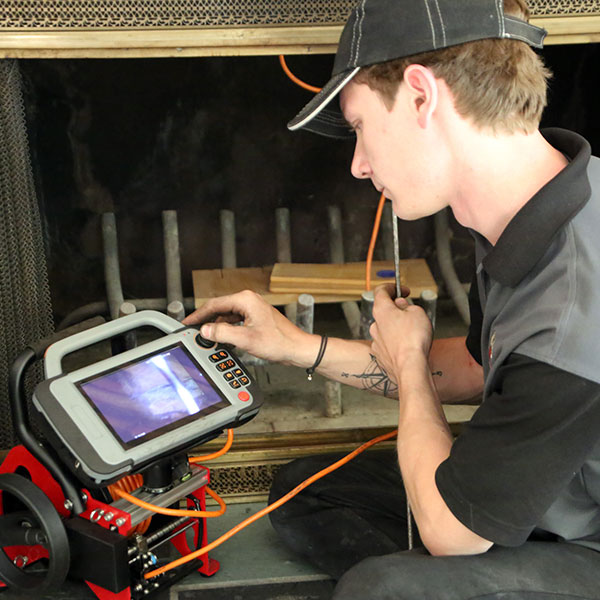 When to Call in a Professional
When to Call in a Professional